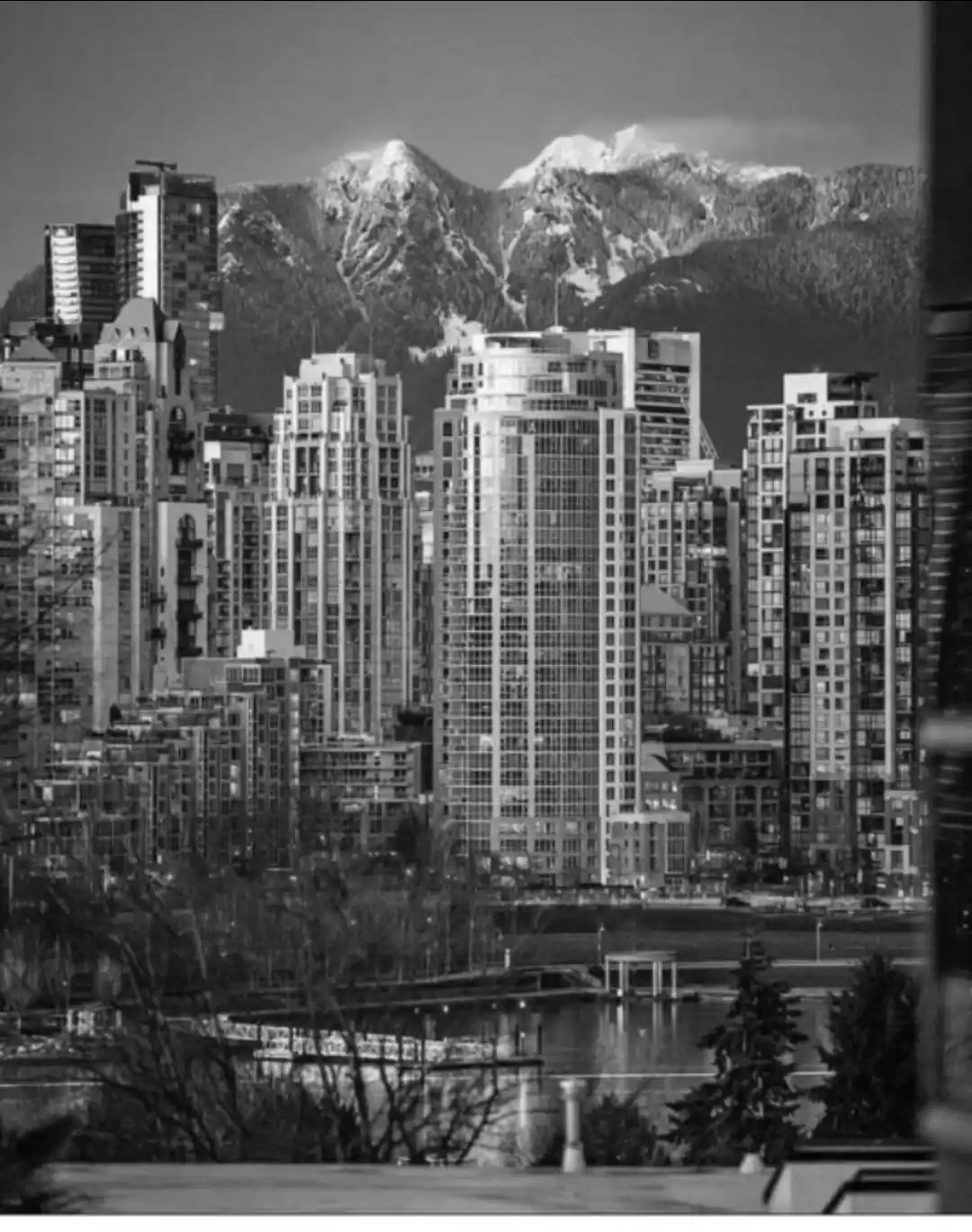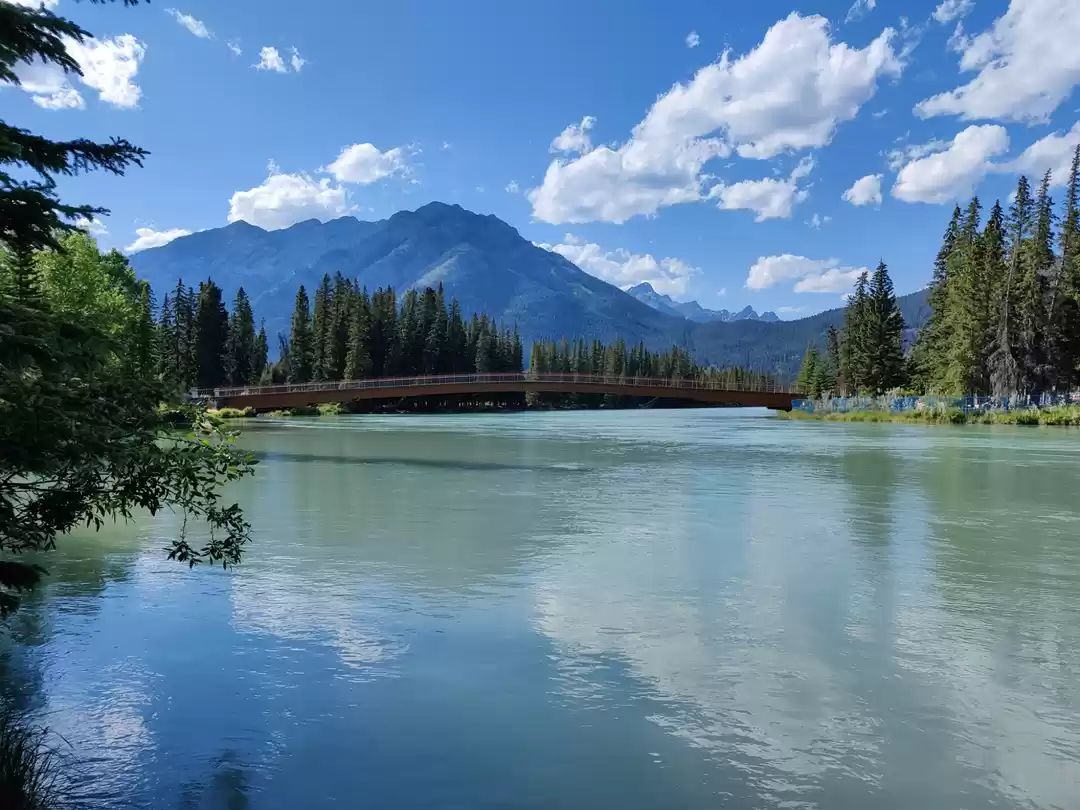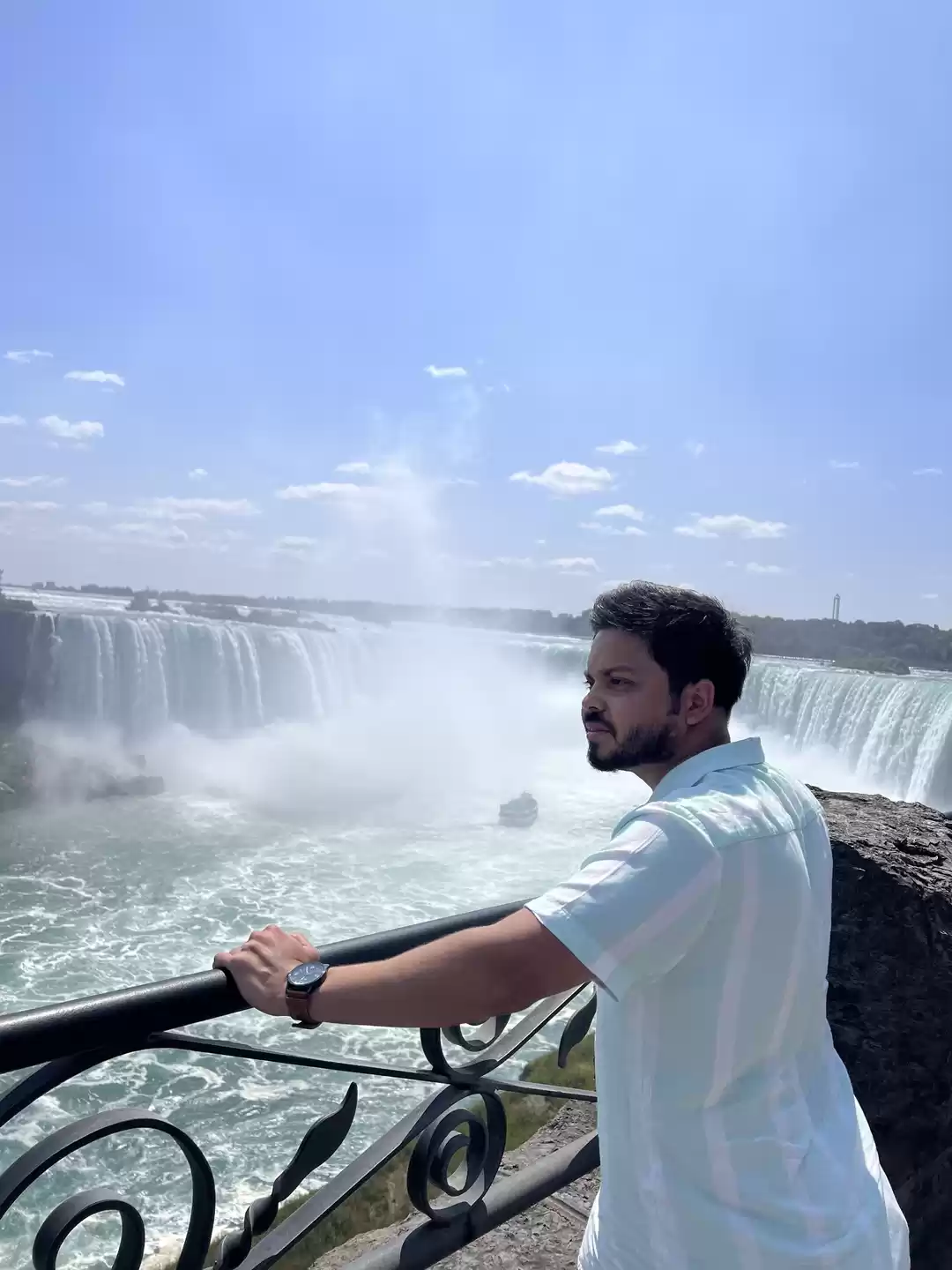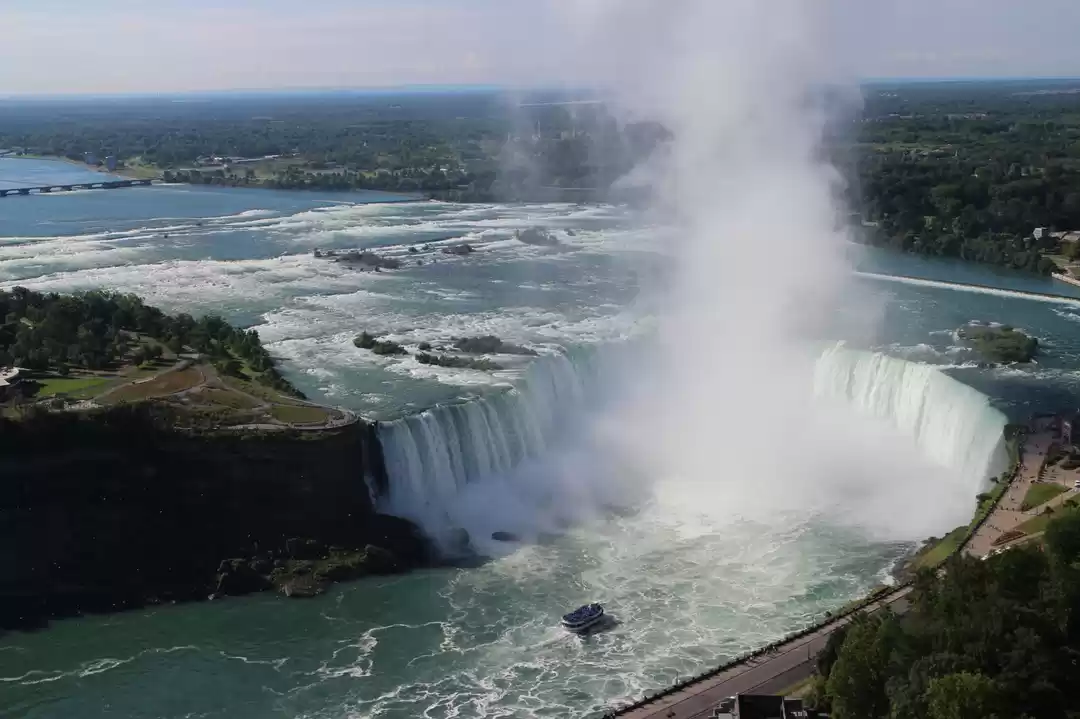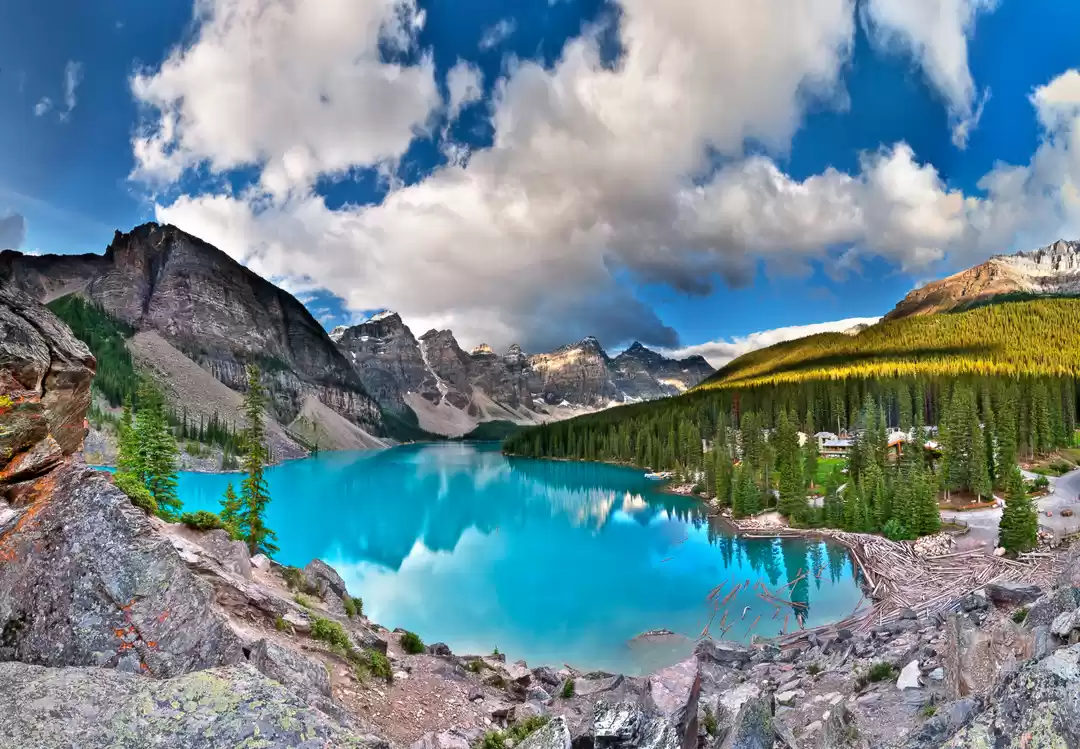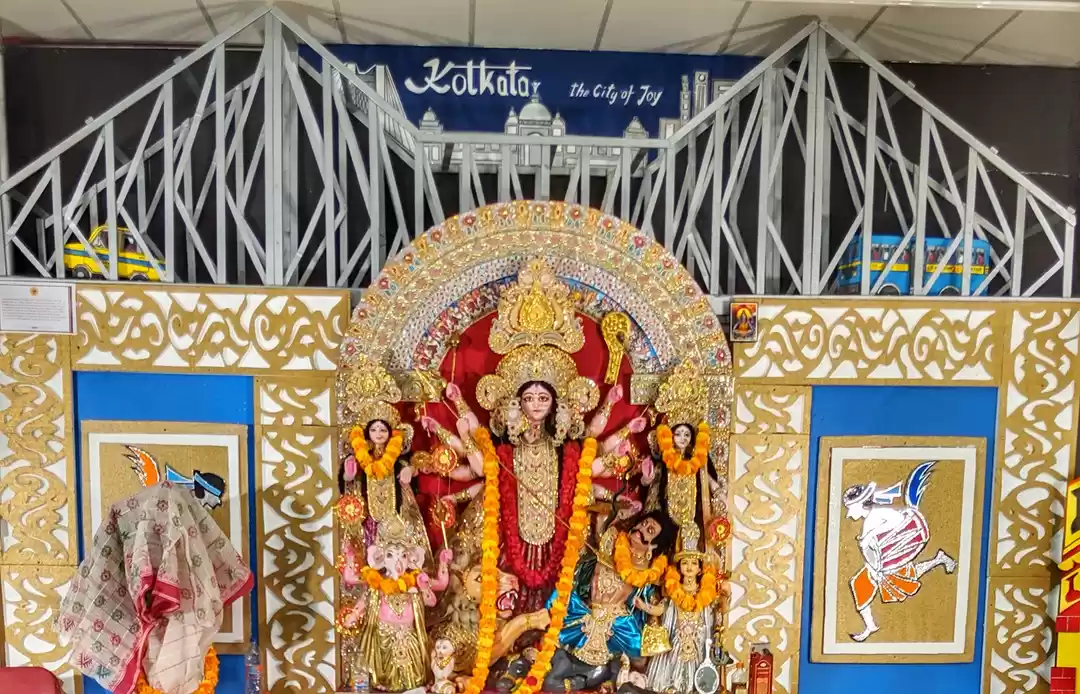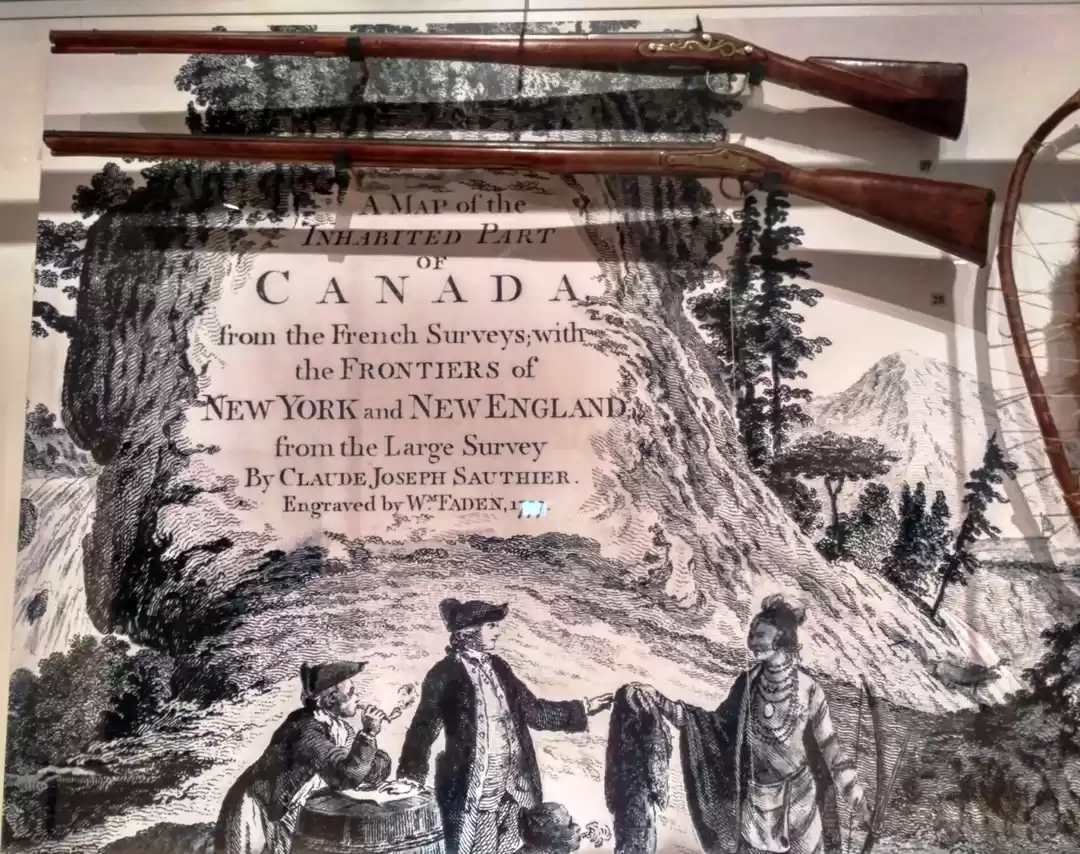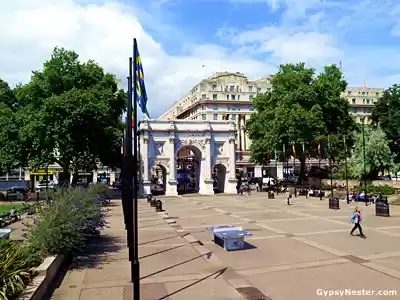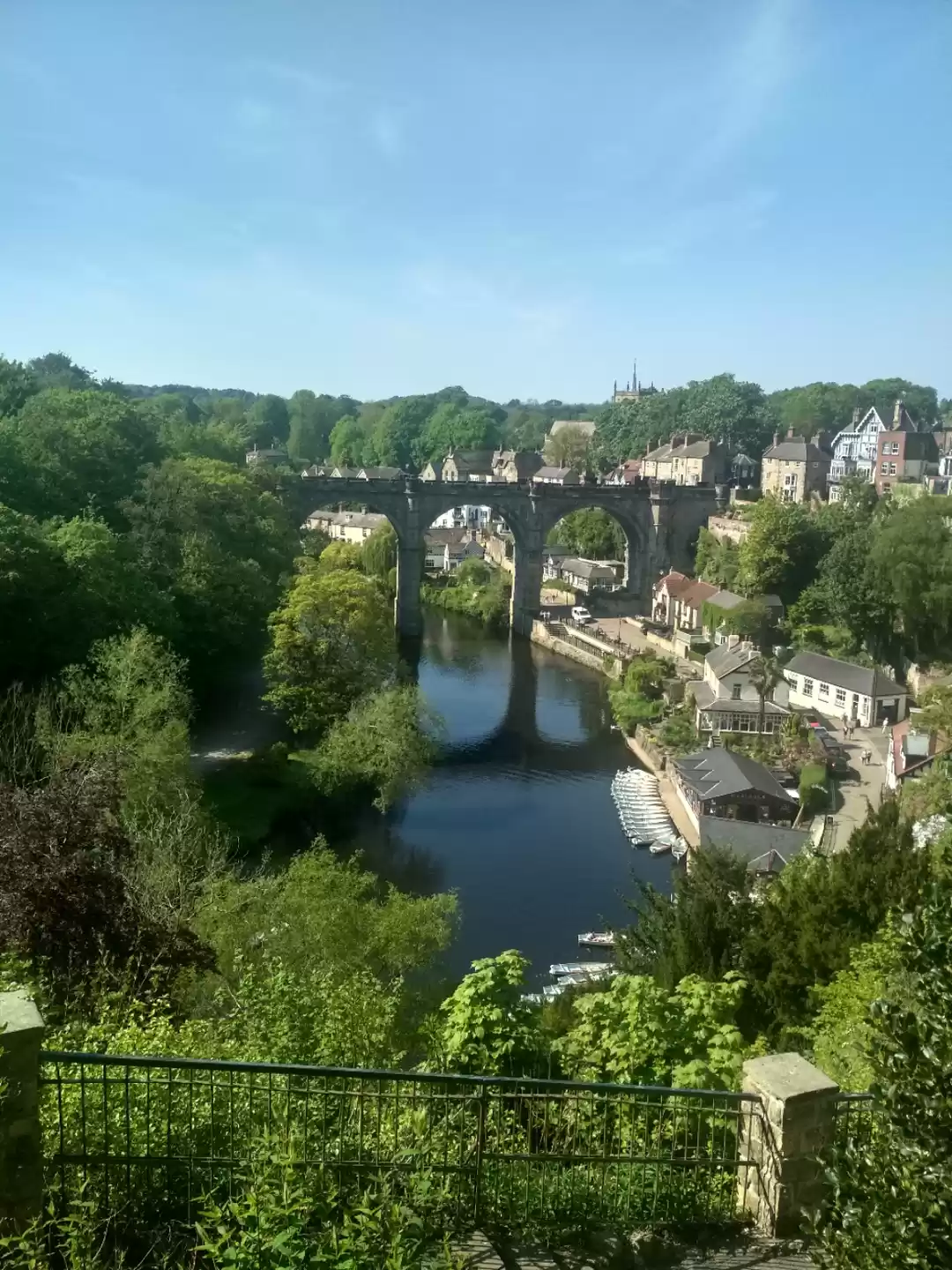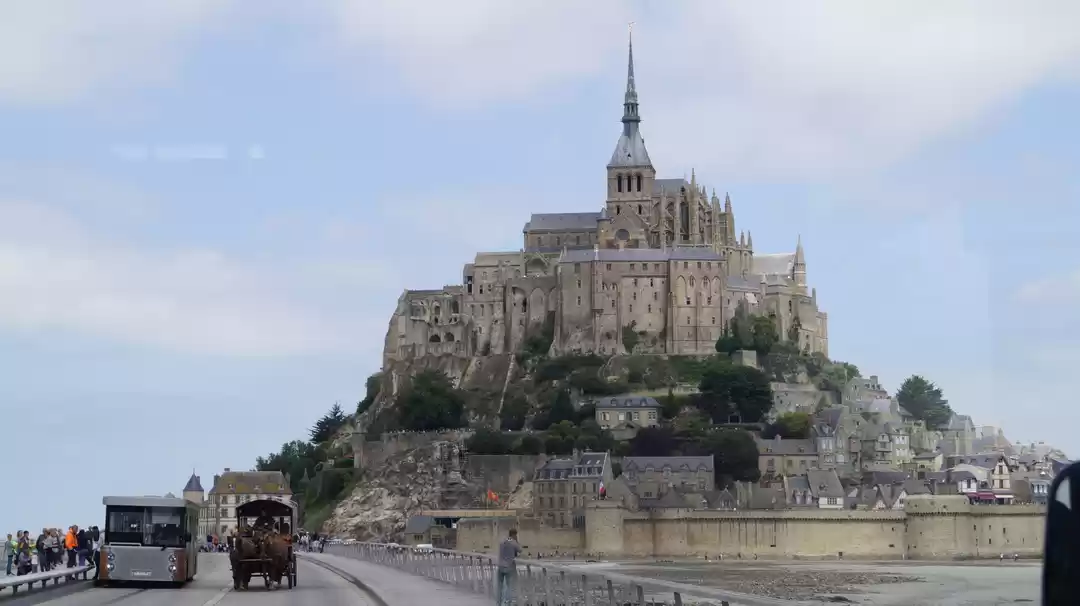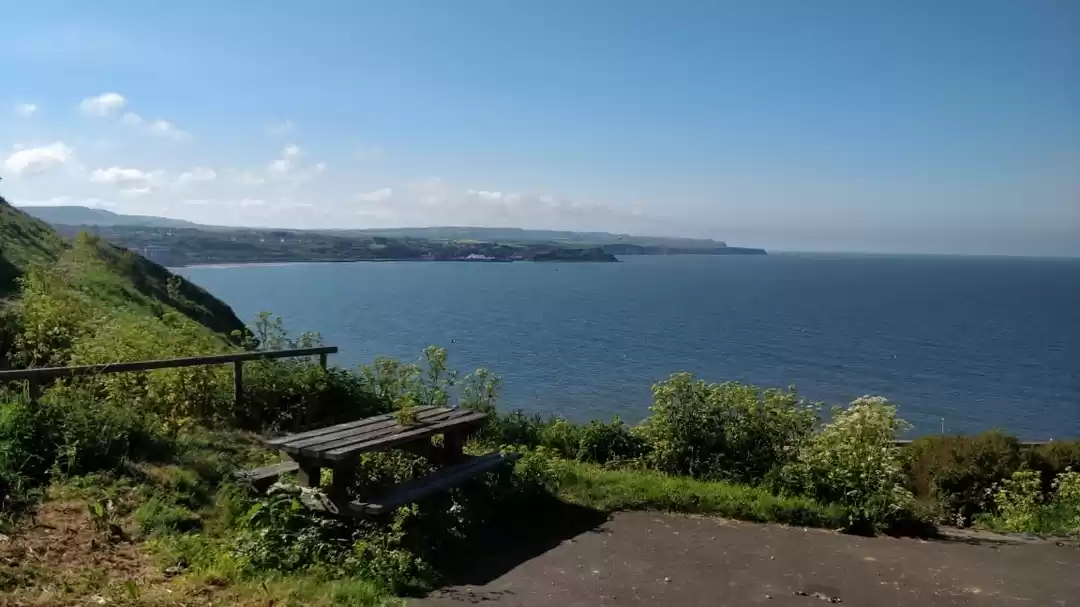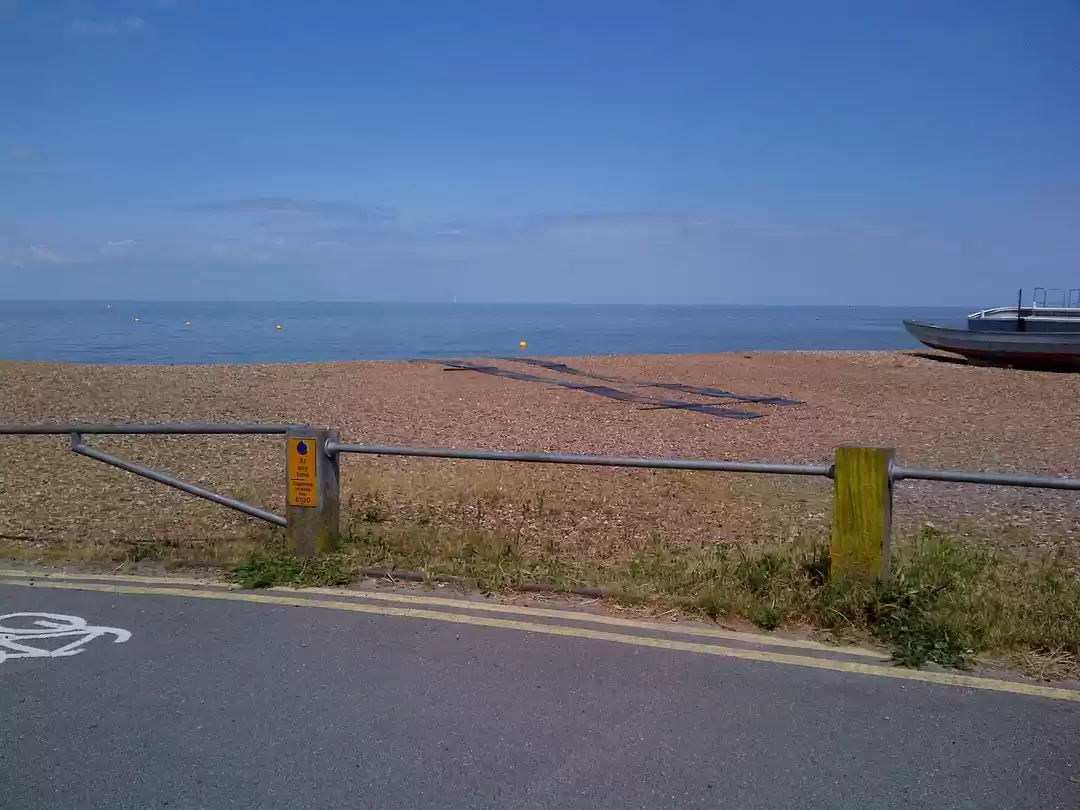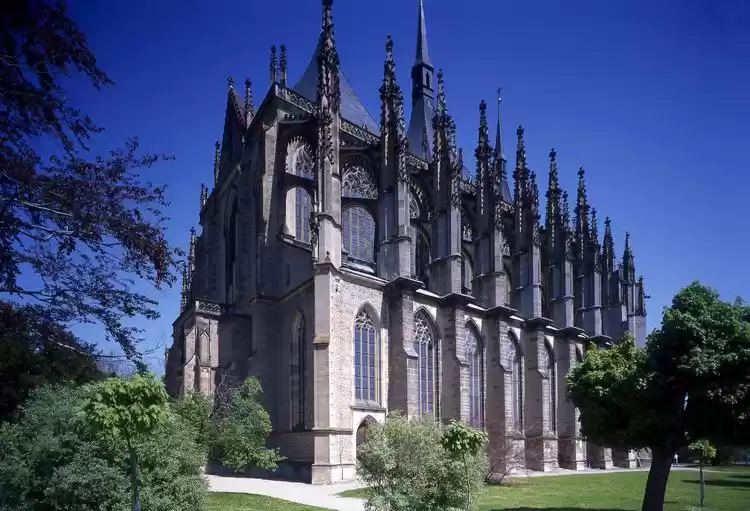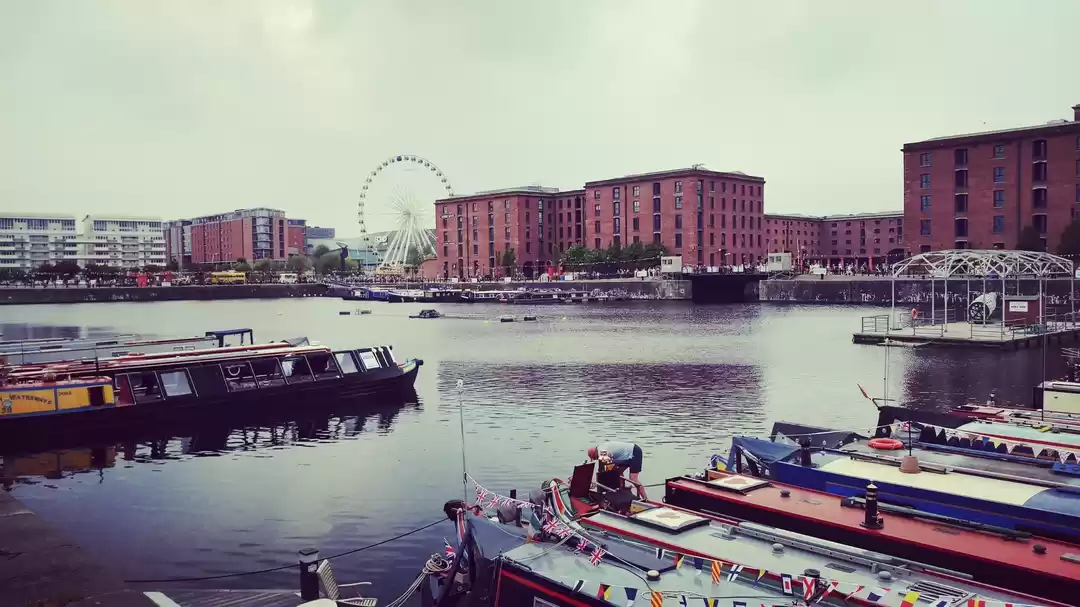BBC weather predicted a cloudy day and drizzles across the Calderdale council in West Yorkshire, UK. But, the thought of exploring a new city in the drizzles pushed myself in having a quick breakfast and was out of the apartment by 9 in the morning.
The 508 double decker bus to Leeds, operated by "First Group" slowly rolled out of the Halifax Bus station. Took a one day pass and took the front seat on the upper floor of the bus, the best seat to get a complete view of the route and its surroundings. The journey started at 30 minutes past nine and the bus slowly cruised through the streets of Halifax. While climbing the hill after crossing the North bridge , I could see my office, the 900 year old Halifax minster, Sainsbury and the famous malls beneath. The bus cruised past Shibden Park within few minutes.
The country side covered by vast grasslands looked very beautiful. Horses and sheep were grazing on the terrains. There were many up and downs, sharp turnings and lot of traffic signals on the way to Leeds. The bus went past Bradford and Pudsey town.
I reached Leeds City bus station by 11 AM. Before going to Kirkstall Abbey, I thought of roaming in the city. Just outside the bus station is the Leeds city center. It's a shopper’s paradise with famous malls like Victoria and Trinity. The rush over the whole place created a sort of festive spirit.
I spent a couple of hours roaming along the streets and watching the fun. The streets were well maintained and many buses and luxury cars zoomed past the beautiful buildings. Took Bus No. 49 to Kirkstall Hill. Kirkstall Abbey was just 10 mins. walk from the Kirkstall Hill bus stop. I walked along the mud path covered with orange and yellow colored leaves. The trees were shedding their colorful leaves.
I crossed the Abbey road and could see the Kirkstall Abbey ruins. The river Aire was calmly flowing along its sides. The ruins in the midst of the colored trees and the river and the vast grass grounds looked majestic.

Kirkstall Abbey is a ruined Cisterian (a religious order of the Catholic Church who lived according to the Rule of St Benedict) monastery in the north-west of Leeds in West Yorkshire in England, founded in c.1152. The story behind the monastery is quite interesting. In 1147 a wealthy nobleman called Henry de Lacy fell ill. He vowed that on his recovery he would establish a monastery and dedicate it to St Mary. His health restored, Henry donated land for the foundation of a monastery in a village called Barnoldswick, near the border between Lancashire and Yorkshire. Monks travelled from Fountains Abbey in North Yorkshire to establish the new Abbey in Barnoldswick, but they were not successful. The monks were unable to grow crops, bandits stole their belongings, and the villagers disrupted their way of life. Eventually, the monks pulled down the local church in an effort to keep the villagers away. The Abbot(Head of monks) of the new monastic community, Alexander, began the search for a new home. While on his travel, Abbot Alexander passed through a certain valley, then wooded and shadowy. The monks asked their patron Henry de Lacy for help to acquire this land and it became the site of Kirkstall Abbey.
In 1152, the Cisterian monks known for their enthusiasm for physical work began building their new abbey there. The monks flourished in their new surroundings and attracted many new recruits. Abbot Alexander managed the community well and it was popular in the local area. Many local noblemen gave gifts of land and money. Within 30 years, by 1182, the greatest of the buildings still standing today had been built, such as the church and chapterhouse.
Not only the story behind the formation of the Abbey, the life of the Cisterians also is very interesting. The Cistercians were famous for how closely they followed the rule, for their desire to separate themselves from society, their austerity, and community spirit. The Cistercians were careful about whom they allowed to enter their Abbeys. Besides building a wall around the monastery and posting monks to watch the gate, they situated their abbeys away from large settlements, often in valleys. The monks moved to Kirkstall from Barnoldswick partly because too many people came close to the Abbey, which disrupted the monk's peaceful and quiet life.
Cistercian monks concentrated on learning about God and living life according to the example of Jesus and his disciples. Ultimately, a monk hoped to gain entrance to heaven as a reward for a harder life on earth. A monk’s duties involved saying prayers frequently, reading the Bible or other religious texts, and not becoming involved with society. Cistercian monks were famed for their harsh living conditions. The monks of Kirkstall would have felt the winter chill, as they wore robes called ‘habits’, but no other layers. Monks were permitted to warm themselves next to a fire for only a few minutes each day, in one room set aside for that purpose. Cistercians did not sleep very much, and would wake during the wee hours to pray.
The monks did not eat for at least nine hours after waking. In summer they ate only lunch and a light supper, reduced to just one meal in winter. The Cisterian way of life did not allow monks to live in comfort, but provided just enough to keep a monk going in his duties.
Cistercians lived communally and living together helped monks keep each other strong, remain focused, and resist temptation. Medieval Cistercians helped each other by describing their lifestyle in an inspirational way. They wrote books and preached sermons describing Cistercian monks as a spiritual army at war with the Devil, and the monastery as a fortress to be guarded.
Kirkstall Abbey remained prosperous until the early sixteenth century. In 1534, Parliament passed the Act of Supremacy, making King Henry VIII Head of the Church of England. Henry chose to abolish all religious houses in England because of their connection to the Catholic Church and their allegiance to the Pope. These events later became known as the ‘Dissolution of the Monasteries’. On 22 November 1539 the king’s agents entered the Abbey’s Chapter house, where, in the presence of all the monks, Abbot John Ripley signed the deed of surrender. The community had been formally dissolved.
The monks went their separate ways, and Abbot John received the Abbey gatehouse to turn into his private home. This building later became Abbey House Museum, which is just opposite to the ruin site.

Having said enough about the story behind the construction of the abbey and the life of Cisterians, let’s have a walk through the ruins, mainly through the pictures. The entry to the ruins is via the Abbey souvenir shop. I walked through the mud path mesmerized about the construction of the grand building complex in the 12th century where Cisterains led their peaceful and strict life. The sky had started throwing colors. The cool breeze made the leaves shiver.

There was no roof for many of the structures. Some reinforcement has been done to keep the ruins intact. There are many strong pillars that could have once supported the roof. I walked along the pavements that lead me to the cloister. It’s an open arcade covered by tall walls on all the four sides. Might have been witness for the monk's religious gatherings. If tired of walking, the tourists can rest for a while here. Many stones had fallen off from the walls.
From the cloister, I entered the nave, the central aisle of the Basilica church. It's a huge tall structure supported by enormous sized pillars. There is no roof in the center and is open to the sky. The intricate designs on the roof looked very beautiful. I saw some students taking note of the ruins in their scribble pads. A couple were busy taking selfies.


The Chapter House is situated adjacent to the Church, which is the most important building in the Abbey, after the church. The monks gathered here every morning to listen the chapters of the monastic rules, to hear confessions and to receive punishment for any sins they committed. The confessions the monks used to commit were very interesting, which includes staying near the fire for longer than he was permitted as a monk, in the freezing winter. Chapter House has a different architecture style and decoration which implies the house has been rebuilt. I saw some stone coffins kept in the house.

Outside the Chapter house, we could climb to the top of one of the structures and the view of the river Aire and the trees and the vast grasslands was amazing. Sun was about to set by then. The Abbey on the backdrop of the colorful sky looked awesome.

It was getting dark and I have to walk 10 minutes to get the bus to Leeds city center and then catch the bus to Halifax.


